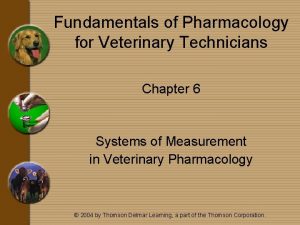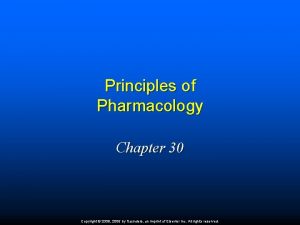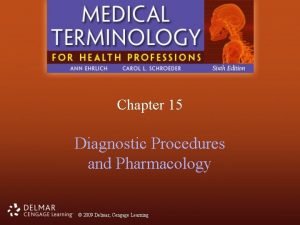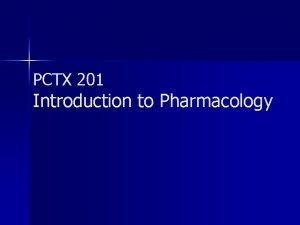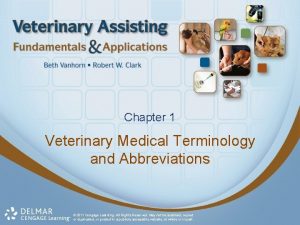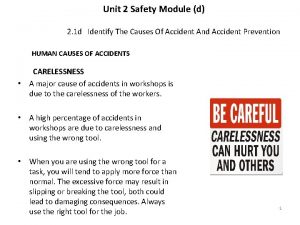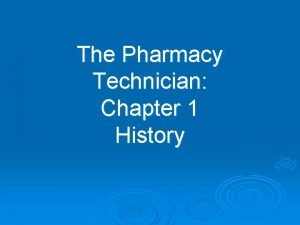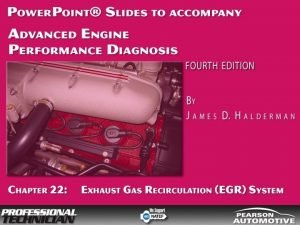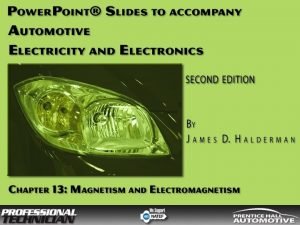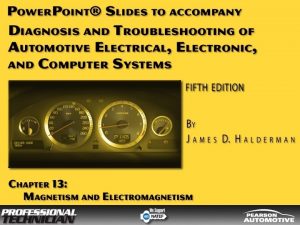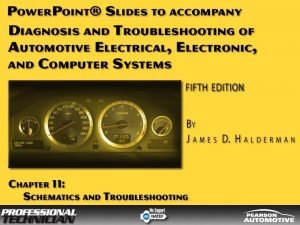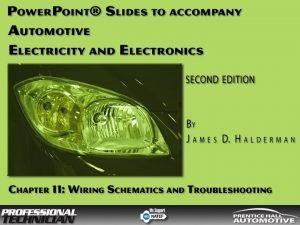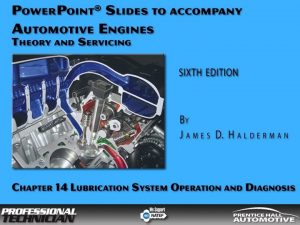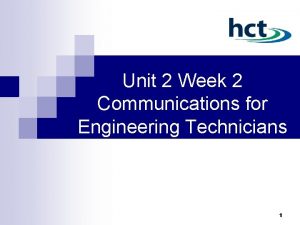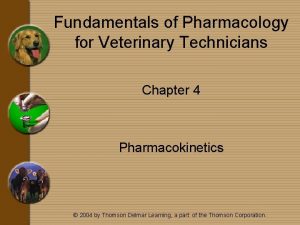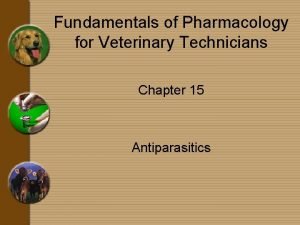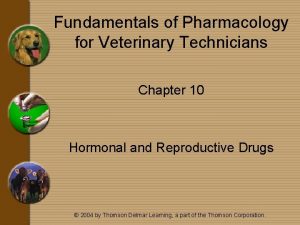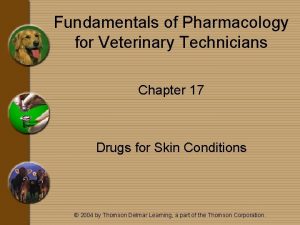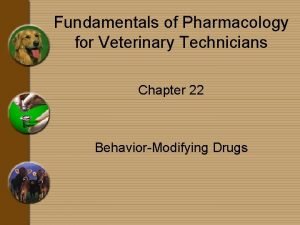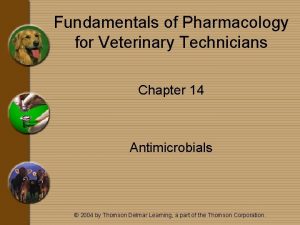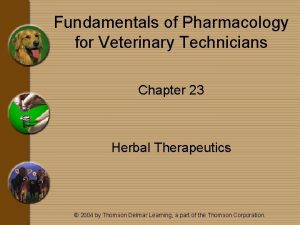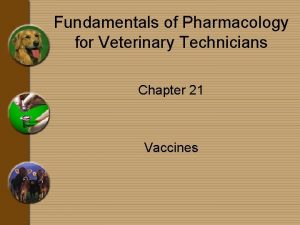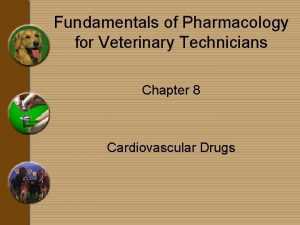Fundamentals of Pharmacology for Veterinary Technicians Chapter 13













- Slides: 13

Fundamentals of Pharmacology for Veterinary Technicians Chapter 13 Drugs Affecting Muscle Function

Basic Anatomy and Physiology • Muscles are tissues that contract to produce movement • Muscles are made up of long, slender cells called muscle fibers • Muscle fibers are encased in a fibrous sheath • Muscle cells are categorized into three types based on their appearance and function: – Skeletal – Smooth – Cardiac

Basic Anatomy and Physiology • Motor nerves that originate in the spinal cord and terminate in fibers connected to muscle cells activate skeletal muscle • A neuromuscular junction is where a motor nerve fiber connects to muscle cells • Electrical impulses from the spinal cord travel to the neuromuscular junction, causing release of the neurotransmitter acetylcholine (ACh) • ACh binds to specialized receptor sites on the muscle opposite the nerve ending

Basic Anatomy and Physiology • Depolarization of the muscle occurs, calcium is released, and the muscle contracts • ACh is inactivated by acetylcholinesterase

Basic Anatomy and Physiology Insert Figure 13 -1

Drugs That Affect the Skeletal System • Anti-inflammatories (Chapter 16) • Neuromuscular blockers (drugs that produce paralysis) • Skeletal muscle spasmolytics (drugs that reduce muscle spasms) • Anabolic steroids (drugs whose tissue building effects can reverse muscle atrophy or wasting)

Neuromuscular Blockers • Relax the muscles of animals that are undergoing surgery; used to prevent or treat muscle spasms • Work by disrupting the transmission of nerve impulses from the motor nerves to skeletal muscle fibers • Most are competitive nondepolarizers (compete with ACh for the same receptor sites) • Are also called curarizing agents • Examples: – Pancuronium – Atracurium

Neuromuscular Blocker Antidotes • Competitive nondepolarizers require antidotes once their effects are no longer needed • Examples: – Neostigmine: competes with ACh for acetylcholinesterase, allowing ACh to accumulate in the neuromuscular junction – Pyridostigmine: competes with ACh for attachment to acetylcholinesterase – Edrophonium: attaches to acetylcholinesterase, thereby hindering the breakdown of ACh

Other Neuromuscular Blockers • Other examples: – Gallamine – Vecuronium – Metocurine • Antidote: – Atropine (because these drugs are cholinergic in nature)

Depolarizing Neuromuscular Blockers • Depolarizing neuromuscular blockers mimic the action of ACh in muscle fibers, and because they are not destroyed by acetylcholinesterase, their action is prolonged • Example: – Succinylcholine: binds to the cholinergic receptors • No antidote needed; wears off by itself

Spasmolytics • Break down the muscle spasticity • Used to treat acute episodes of muscle spasticity associated with neurological and musculoskeletal disorders (malignant hyperthermia, equine postanesthetic myositis, and traumatic injury) • Examples: – Methocarbamol: used as an adjunctive therapy for inflammatory and traumatic conditions of skeletal muscle – Guaifenesin: used as an adjunct to anesthesia because it relaxes both laryngeal and pharyngeal muscles, thereby making intubation easier – Diazepam: used for muscle relaxation – Dantrolene: used to prevent and treat malignant hyperthermia

Anabolic Steroids • Have tissue-building effect (they increase muscle mass) • Used to promote growth, counteract postsurgical debility, and treat diseases such as muscular atrophy and orthopedic conditions • Examples: – Nandrolone (stimulates erythropoiesis and appetite) – Stanozolol (improves appetite and weight gain) – Boldenone (improves appetite and musculature)

Anabolic Steroids • To obtain optimal results when giving anabolic steroids, adequate and wellbalanced dietary intake is essential • Can cause electrolyte imbalance, liver toxicity, behavioral changes, and reproductive abnormalities
 Fundamentals of pharmacology for veterinary technicians
Fundamentals of pharmacology for veterinary technicians Chapter 30 principles of pharmacology
Chapter 30 principles of pharmacology Chapter 15 diagnostic procedures and pharmacology
Chapter 15 diagnostic procedures and pharmacology Pharmacology chapter 1
Pharmacology chapter 1 Chapter 1 veterinary medical terminology and abbreviations
Chapter 1 veterinary medical terminology and abbreviations D safety
D safety History of pharmacy technicians
History of pharmacy technicians Two technicians are discussing back pressure
Two technicians are discussing back pressure Two technicians are discussing electromagnetic induction
Two technicians are discussing electromagnetic induction An ignition coil operates using the principle of
An ignition coil operates using the principle of Two technicians are discussing schematic symbols
Two technicians are discussing schematic symbols Two technicians are discussing schematic symbols
Two technicians are discussing schematic symbols Two technicians are discussing oil and filter changes
Two technicians are discussing oil and filter changes Unit 2 communication
Unit 2 communication
